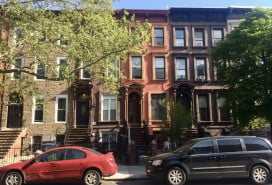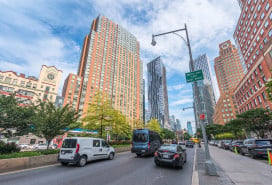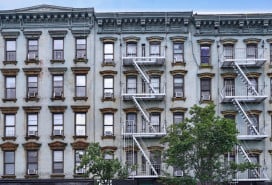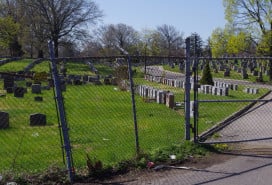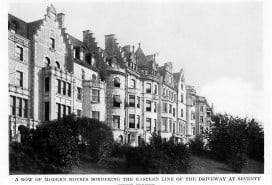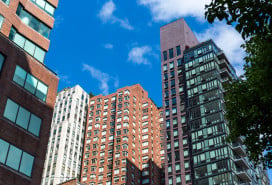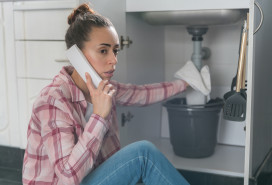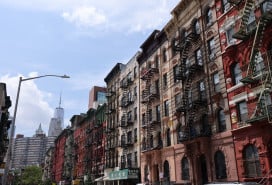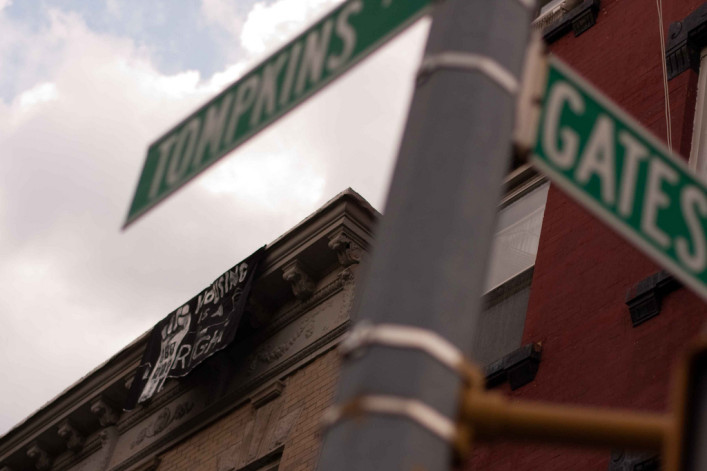
Earlier this week, WNYC's Brian Lehrer tackled the ever-difficult, seemingly impossible-to-solve issue of gentrification and school segregation in New York City. The segment was a follow-up to a forum on gentrification that took place last week (which you can watch in full here) and brought up some very thought-provoking questions.
At the forum, a Caucasian woman who'd moved into Bedford-Stuyvesant somewhat recently wondered how she could successfully integrate into the largely African-American community and the local public schools and not be seen merely as a gentrifier. (It's perhaps no surprise that the topic of gentrification seems to be epitomized by this Brooklyn neighborhood.)
The answers ranged from recognizing her role in the neighborhood's metamorphosis to getting actively involved in the community to putting together diverse block associations. The answer, educational consultant Caryn Rivers told Lehrer, is simply: "Time. All she has to do is put in the time...This isn't the first time neighborhoods have changed."
But some WNYC callers worried that time would just make things more contentious. Rebecca Carroll, producer of a series of projects on race at WNYC, suggests that newcomers learn about communities already established in the neighborhood and to actively try to get to know those who have come to the area before. "There's a difference between diversity and integration," she says. "Diversity is having people in the room and integration is actually having collaborative ideas and working together."
One African-American woman at the panel put it rather plainly: "Why is it that houses only have value when someone deems it? When a white person has $1 million?"
To that, there may not be an easy answer.
On his show, Lehrer quotes Mayor Bill De Blasio's theory that the trouble with segregation in schools has a lot to do with housing segregation (for instance, only wealthy families can afford to live in "good" school zones). So, asks Lehrer, is affordable housing—and housing integration—the solution to school segregation?
It's actually the other way around, counters Rivers. "I believe the solution starts in the schools," she says. "Though housing segregation is a problem, quite frankly I think school integration could lead to better housing."
While Rivers admits that the changes in recent years in Bed-Stuy "boggle the mind," it's not a hopeless situation. "If people don't have the pioneer mentality, it can work out," she says. "What I believe is that it's the Manifest Destiny mentality that leads folks to come to new neighborhoods and think there's nothing here, and ... I can shape it to my vision. That's the mentality that leads to the problems and the hatred and the distrust," she says.
Have a listen to the entire show here:
Related:
Redlining: How one racist, Depression-era policy still shapes NYC real estate
Reminder: This is exactly why people are so angry about gentrification
Enough already with the coffee shops, and other insights from a Crown Heights lifer
Why NYC is so unaffordable for artists—and what can be done about it

